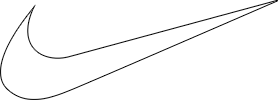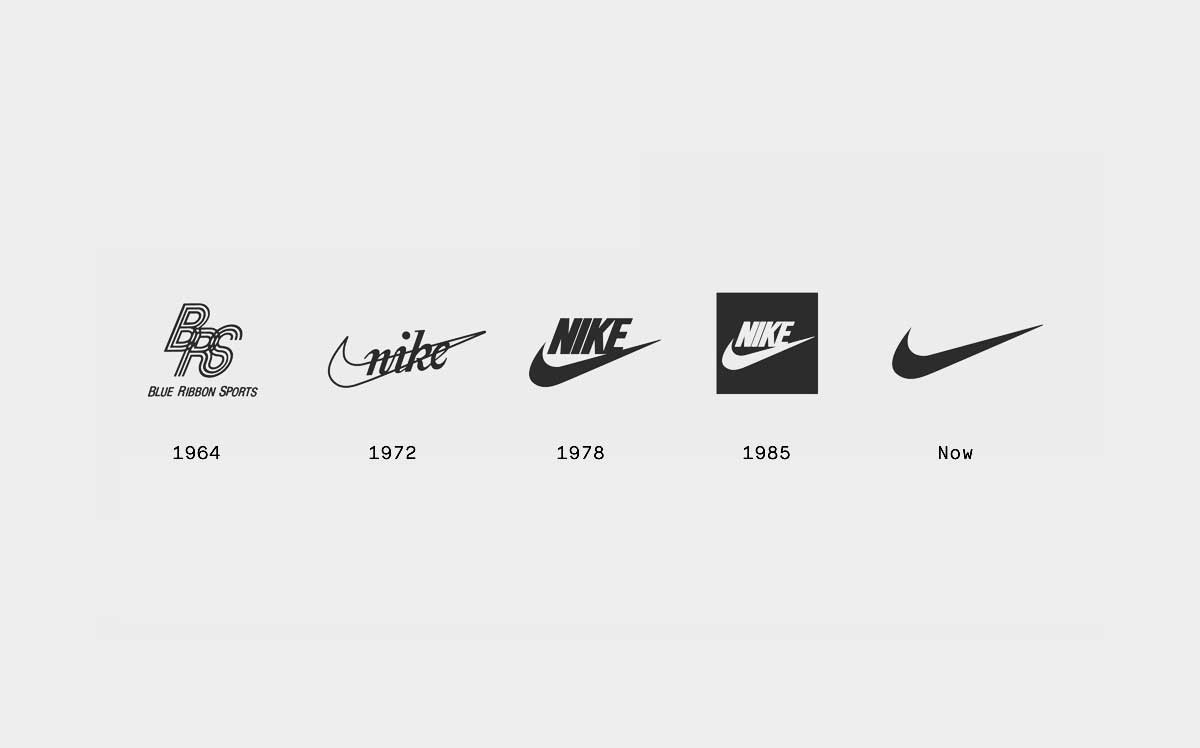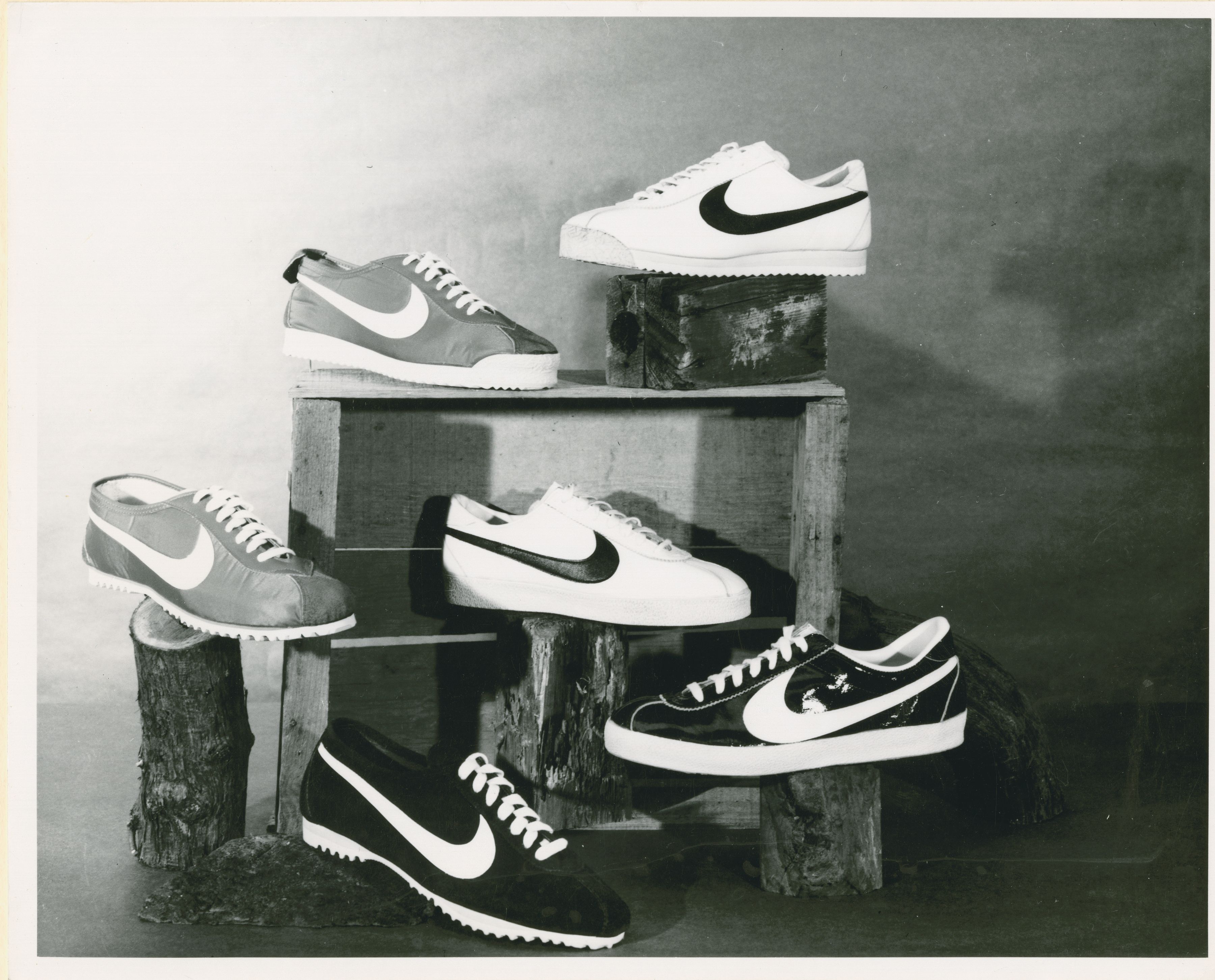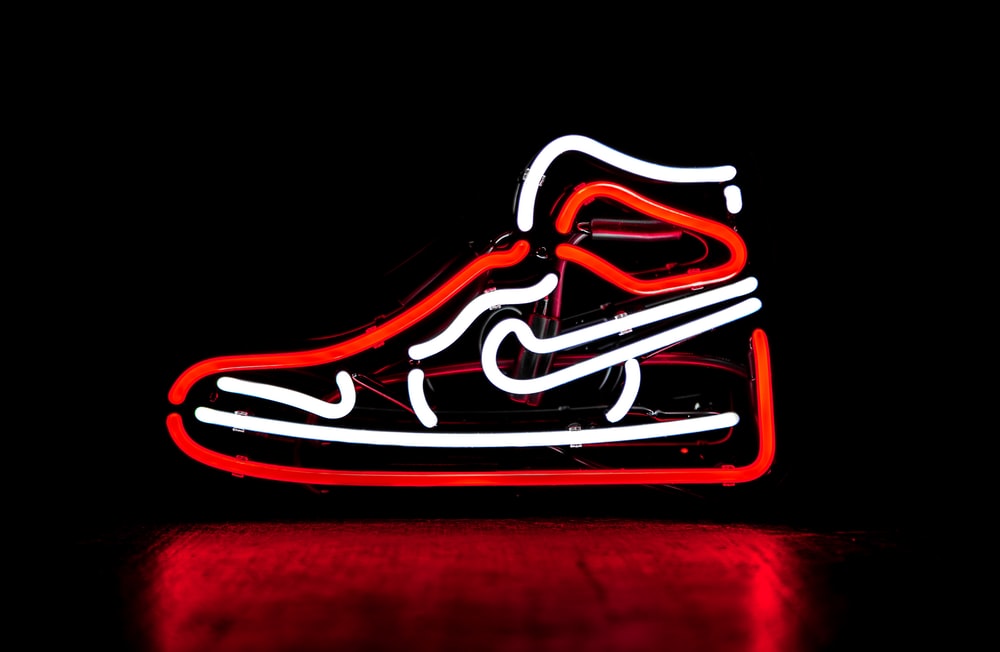The story of Nike begins with the story of Blue Ribbon Sports back in 1964. Around that time, Phil Knight had just gone through University of Oregon followed by a stint at Stanford for his MBA, leaving him with two crucial experiences that set the trajectory of his future.
At University of Oregon, he ran for the school's track and field team, putting him into contact with their coach, Bill Bowerman . Aside from an intensely competitive ethos, Bowerman displayed a fascination with optimizing his runners' shoes, constantly tinkering with different models after learning from a local cobbler.
According to Nike, Knight was the first student to try one of Bowerman's shoes. Seeing him as a safely-unimportant runner to test his shoes on, Bowerman offered to take one of his shoes and fix them up with his custom design. Knight accepted the offer, and, supposedly, the shoes worked so well that his teammate Otis Davis took them and ended up using them to win gold in the 400-meter dash in the 1960 Olympics. Otis Davis insists to this day that Bowerman made the shoes for him.
After the University of Oregon, Knight went through Stanford's MBA program, during which he wrote a paper theorizing that the production of running shoes should move from its current center in Germany to Japan, where labor was cheaper.
Knight got the chance to put this theory to the test with a trip to Japan shortly after his 1962 graduation. He struck a deal with a group of Japanese businessmen to export the country's popular Tiger shoes into the U.S.
Coach Bowerman, who long believed that German shoes, though the best on the market, weren't anything too special to be replicated or even improved on, supported Knight's venture, entering into a 50-50 business deal for ownership of their new company, Blue Ribbon Sports, established in Eugene, Oregon, on Jan. 25, 1964.



